“Clearly this was a man for whom the elements were to be revered. The lights and darks are violent, and the flora and fauna have something to speak.“
July 5th, 2016 by M. Elise Hillestad
For schizophrenic 19th century Norwegian painter Lars Hertervig, the landscape was wildly alive and telling a story. As evidenced in his gnarled trees, hunching like centenarian men, the crumbling of watercolored boulders, and clouds gestating storms, Hertervig’s paintings do not lack for narrative, even in their absence of human figures. Nature is ecstatic, and the eye travels its depths and planes as though in a dreamscape.
Born in Borgøy in islands off of Norway’s South Western coast to Quaker farmer parents, Lars taught himself to draw in the forest, using charcoal on wood. Surrounded by piety and wilderness, he began to develop inner landscapes and a surreal vision. Hertervig studied painting in Düsseldorf Germany under Hans Gude, and is associated with the Düsseldorf school of painting, a movement characterized by intricate landscapes imbued with allegorical symbolism, and which influenced the Hudson River School.
In 1854, while at the school, Hertervig experienced a mental break. He spent a year and a half in the Gaustad asylum, where he received several diagnoses of illness, including schizophrenia, and melancholia. Melancholia was a pre-modern medicine concept of mental condition, which was believed to be caused by an excess of black bile in the body, and by the influence of Saturn on the morose and solitary sufferer. The famous allegorical engraving of Albrecht Dürer titled Melancholia is thought to depict this state and its particular affliction on the creative individual, as he is preoccupied with meditation on mortality. In Hertervig’s drawings of forest interiors, with their crippled pines and vague line work, it’s easy to imagine faces and figures. It’s likely that hallucinations contributed to the fantasy landscapes created by Hertervig.
Eventually Hertervig was taken under the care of family members at a farm near Stavanger, and the following years saw more serene paintings of isles, placid waters and electric cerulean Norwegian skies. Still, in these works the clouds are always tumultuous; almost apocalyptic. Clearly this was a man for whom the elements were to be revered. The lights and darks are violent, and the flora and fauna have something to speak. In the last thirty years of his life, Hertervig lived in the poorhouse, unable to cope financially. He made paintings with the materials he could afford- watercolor and gouache, on pasted together bits of tobacco paper and newsprint. It is truly tragic that Hertervig never knew appreciation for his work in his own life time. Success arrived only twelve years posthumously, when his works were promoted at the 1914 Jubilee Exhibition in Kristiania, now Oslo. Hertervig is now considered one of the most important Norwegian painters.
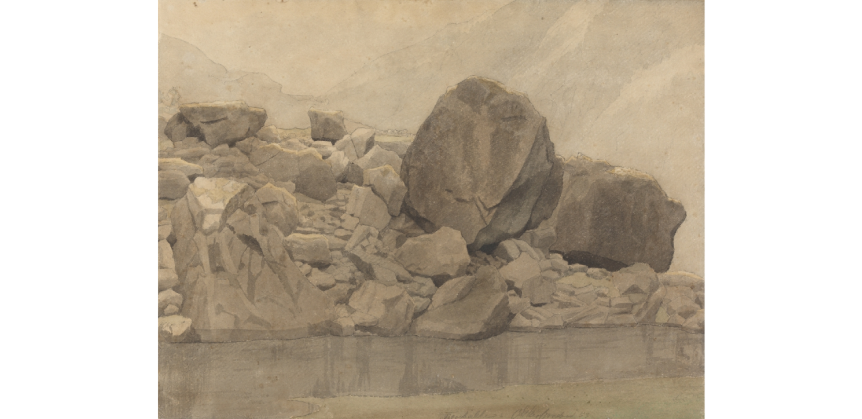
Store steiner på stranden, 1853 by Lars Hertervig
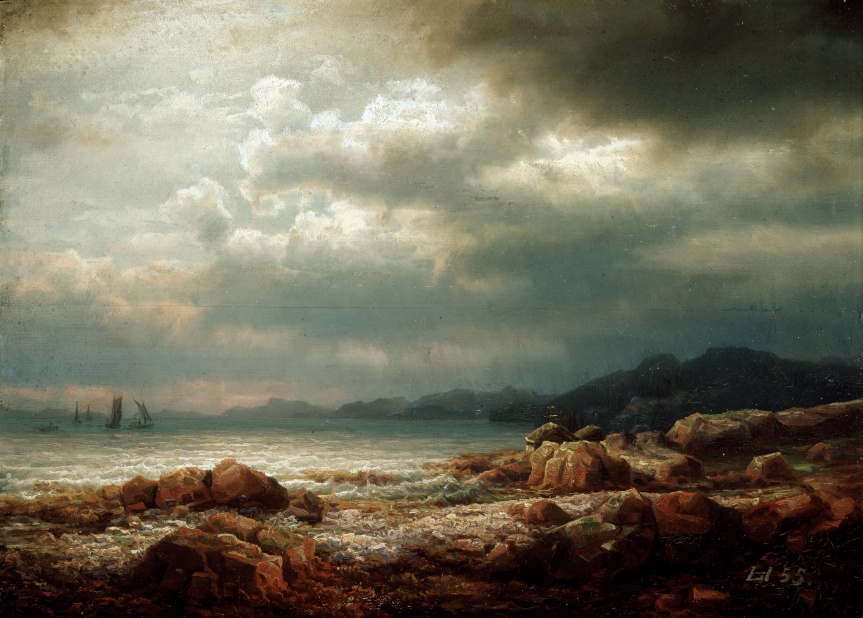
Kystparti, 1855 by Lars Hertervig
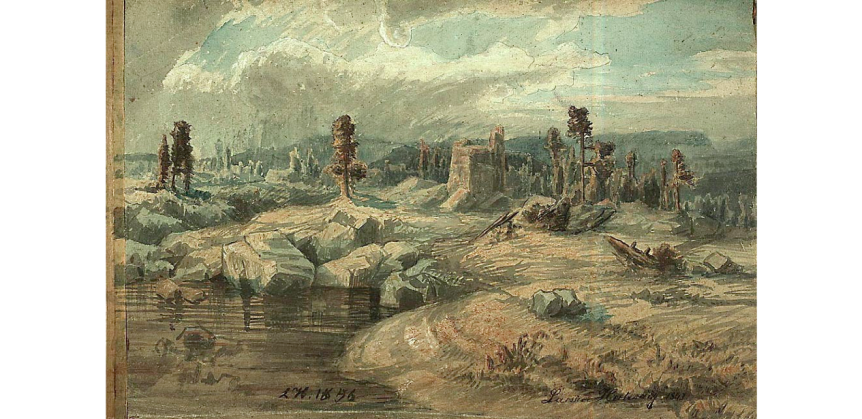
Fra Tysvær, 1856 by Lars Hertervig
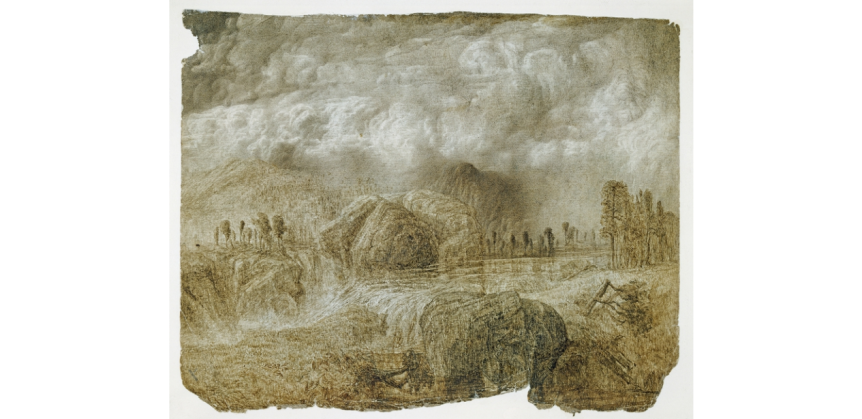
Landskap med foss, 1858 by Lars Hertervig
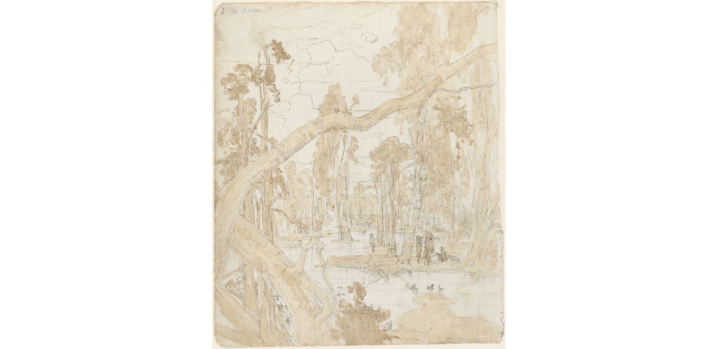
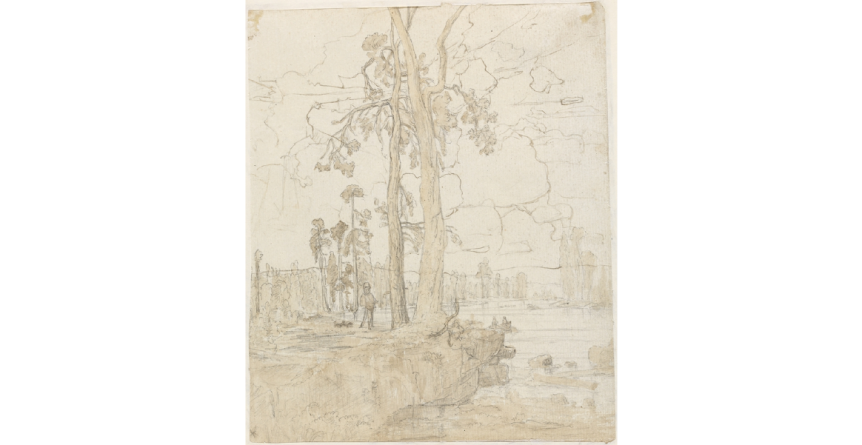
Myrlendt landskap med fire jegere, 1863 by Lars Hertervig
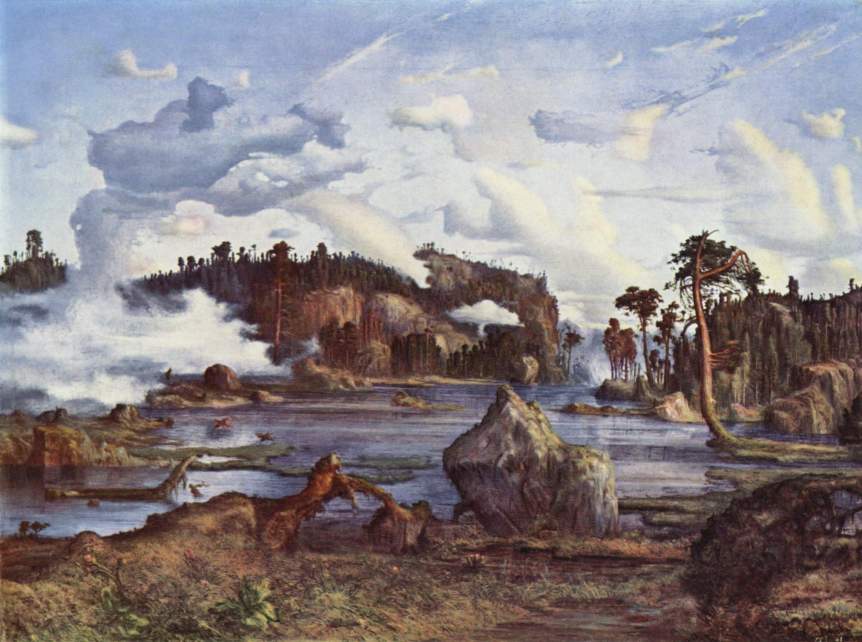
Skogtjern, 1865 by Lars Hertervig

Gamle furutrær, 1865 by Lars Hertervig
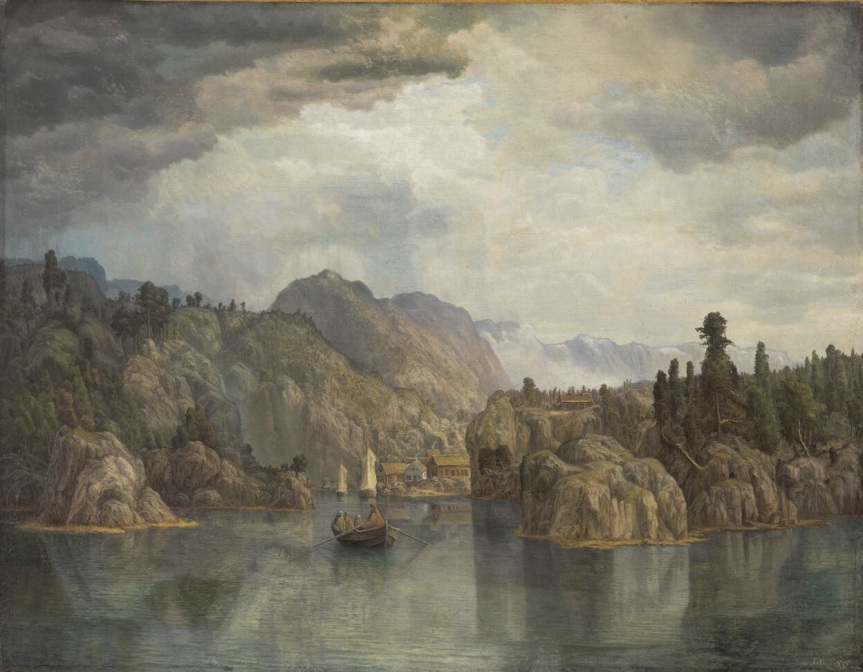
Fjordbunn III, 1866 by Lars Hertervig

Hetervig is fantastic. He was one of the first painters I came to discover during my stay in Norway – his paintings reward those who study them deeply. Thanks for presenting this!
LikeLike